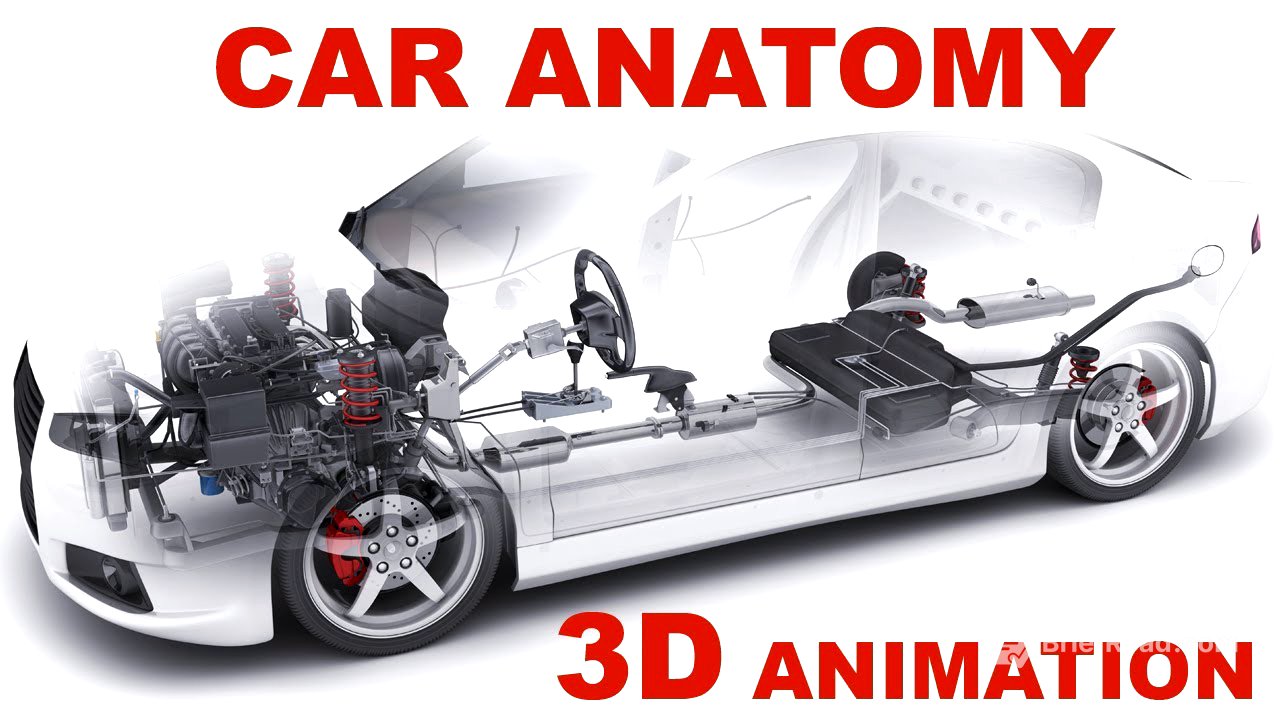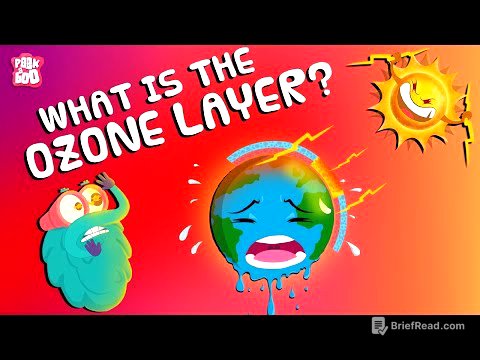TLDR;
Alright, so this video gives you a breakdown of all the important parts that make up a car. It covers everything from the body and frame to the engine, transmission, suspension, and even the electrical systems. Basically, it's like a quick tour of car anatomy.
- Body and Frame: The car's structure, either as a single unit (unibody) or separate (body-on-frame).
- Engine: Converts energy into motion, usually an internal combustion engine (ICE).
- Transmission: Connects the engine to the wheels, changing gears either manually or automatically.
- Suspension, Wheels, and Tires: Help the car move smoothly and absorb bumps.
- Control Systems: Steering and braking to control the car.
- Electrical Systems: Power sources, consumers, and wiring.
Body and Frame Explained [1:01]
The body is what gives space for the driver, passengers, and all your stuff. The frame is the main support holding everything together. Now, there are two types: body-on-frame, which is more for off-roaders, and unibody, which is what most modern cars use. Unibody is when the body and frame are one piece.
Engine and How It Works [1:53]
The engine, usually in the front, turns energy into movement. Most cars use an internal combustion engine (ICE) that burns petrol, diesel, or sometimes other fuels. Electric and hybrid engines are also becoming more common. The engine works in four steps: intake, compression, power, and exhaust. It also has systems like intake, exhaust, fuel, and cooling.
Transmission System Types [3:09]
The transmission links the engine to the wheels, changing and spreading out the torque. You have manual gearboxes where you shift gears yourself, and automatic ones where the car does it for you. Also, there's front-wheel drive, rear-wheel drive, and all-wheel drive. The powertrain is the engine and transmission working together.
Suspension, Wheels and Tires [5:30]
These parts help the car move smoothly and handle bumps. Wheels can be made of different materials and have different styles, and they're wrapped in tires filled with air. The suspension includes the wheel hub, spring, shock absorbers, links, and bars. Different cars use different suspension setups, like McPherson struts in the front and torsion bars in the back.
Car Control Systems [6:54]
These are the steering and braking systems. Steering helps you change direction, and braking helps you slow down or stop. Engine control changes the engine's torque, and transmission control disconnects the engine and selects the right gear.
Electrical Equipment in Cars [7:54]
Modern cars need electrical systems to store, make, send, and use electricity. This includes power sources like the battery and generator, power consumers like headlights and the starter motor, electrical wiring, and auxiliary parts like relays, fuses, buttons, and switches.









